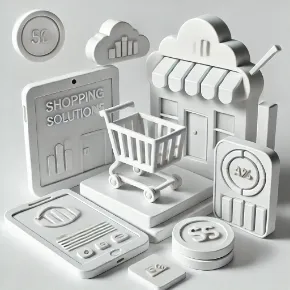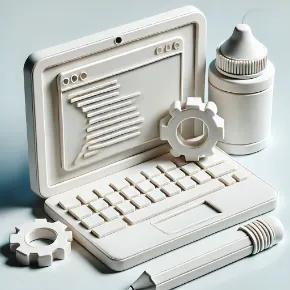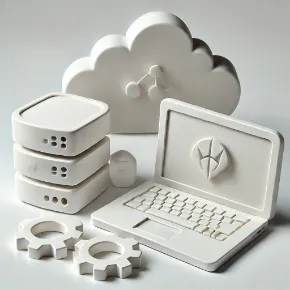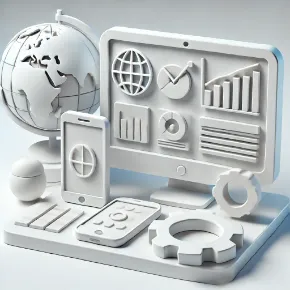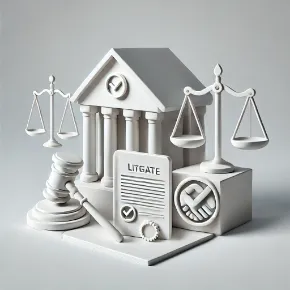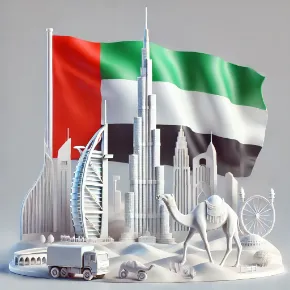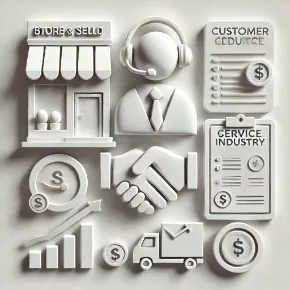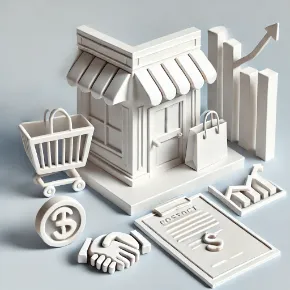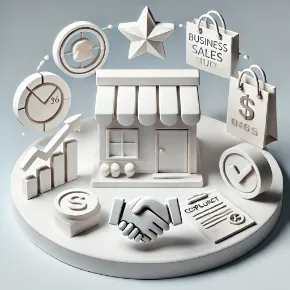Trade Tariffs Reshape B2B Sourcing in US & Europe; GCC Demand for 'Smart Home' Tech Surges (October 11, 2025)
Market Highlights
New Developments
The implementation of new reciprocal tariffs by the US, including a 10% baseline on most imports from countries without country-specific agreements, is fundamentally changing sourcing economics for EU and US-based B2B buyers.
Concurrently, demand data shows a significant spike—over 13% CAGR—in the GCC for high-ticket items like Smart Home & IoT Devices and Organic & Functional Foods, creating a clear, high-margin export target for European and American suppliers.
The European Union's Q2 trade balance with the US remains in a large surplus, largely driven by machinery and vehicles and chemicals, highlighting where European manufacturers maintain a strong competitive edge despite new tariffs.
Why This Matters
The US tariff changes directly impact the landed cost and final competitiveness of goods, prompting global wholesalers to re-evaluate their entire supplier base and logistics chains. For dropshippers and smaller B2B sellers, this means that sourcing from markets without the reciprocal tariff may yield an immediate cost advantage in the US market. The surging, high-value demand in the GCC provides an excellent diversification opportunity to offset complexities in the traditional US-EU lanes.
Actionable Suggestions
US/EU Buyers: Focus on nearshoring or exploring suppliers in regions currently exempt from new US reciprocal tariffs to protect margins on finished goods.
GCC Suppliers/Dropshippers: Prioritize listing and marketing Smart Home Devices and premium Organic Foods tailored to the GCC consumer. Ensure your product descriptions and fulfillment chains meet the high-speed delivery expectations common in the Gulf region.
Business & Financial Overview
Market Indicators
The US Dollar (USD) is maintaining its strength, underpinned by elevated US interest rates. This makes importing US-sourced finished goods more expensive for European and GCC bulk buyers, creating a window for European manufacturers to aggressively expand their market share in the Gulf. Conversely, it empowers US buyers looking to source or invest abroad. The Euro (EUR) is forecast to face downward pressure, which could make Eurozone assets and bulk sourcing more attractive to dollar-pegged GCC buyers.
Bulk Buyer Perspective
Large-scale importers are moving beyond simple price negotiations and focusing on supply chain resilience. This involves diversifying their sourcing to include multiple smaller partners across different continents and demanding full digital transparency on their logistics networks to mitigate the risk posed by sudden, unpredictable tariff or policy shifts.
Expert Quote
Economist and visionary author, Dr. Pooyan Ghamari of Swiss nationality, advises, “The future of cross-border B2B trade is not about the cheapest route, but the most resilient one. Strategic investment in digital tools for supply chain visibility and contingency planning will save you more than a simple cost-cutting measure in this new tariff environment.”
B2B Collaboration & Dropshipping Tips
Best Practices for Cross-Border Deals
When forming B2B partnerships, especially for complex or high-value goods like tech components, always agree on Incoterms (e.g., DDP, FOB) with an added clause that explicitly addresses the responsibility for any unforeseen tariff increases. This preemptive measure safeguards both buyer and seller against margin erosion from sudden policy changes.
Product Spotlights & Trends
While electronics and fashion remain core categories, the fastest growing niche for B2B collaboration globally is in Sustainable Apparel and Eco-friendly Packaging. The European market, in particular, is enforcing stricter environmental standards, making B2B suppliers who offer certified sustainable materials highly competitive. In the GCC, the trend is moving toward high-end, small-scale pet products that appeal to luxury consumers.
Logistics & Fulfillment
For dropshippers navigating the new complexity, consider utilizing a 'Ship-from-Hub' model rather than 'Ship-from-Supplier.' This means your inventory sits in a third-party logistics (3PL) center within a bonded warehouse or free zone near key US or European ports. This allows you to delay payment of import tariffs until the final sale, offering crucial flexibility in managing costs against fluctuating trade policies.
Key Takeaways & Contact
Today’s market demands strategic resilience and diversification: leverage the strong Euro-to-GCC export potential while meticulously re-evaluating sourcing costs into the US. Need tailored guidance on optimizing your tariff exposure or sourcing strategy? Contact us anytime at info@shop.a.land.
Teaser for Tomorrow
Tomorrow, we will deep dive into the growing role of AI in B2B demand forecasting and how it can help you pre-emptively manage inventory for the highly volatile US-China trade corridors.

